Seams, joints are the weak point of any panel house. It is the joints and seams between the panels that often become cold bridges, as a result, the temperature inside the rooms drops, dampness appears, and the entire facade of the building collapses. Our tips site will tell you how you can insulate interpanel seams.
Let’s start with the material that is designed specifically for insulating seams – Vilaterm tubes. These are cylinders made of polyethylene foam, tubes that fit into the existing gap along the entire length of the seam. They protect the facade from dampness, are not afraid of temperature extremes, are flexible, easy to use, and serve for a long time.
The heat-insulating bundle is sold in different diameters – from 6 to 80 millimeters, so buying the required seam size will not be a problem. From above, the laid pipes will need to be covered with a sealant, then a layer of plaster is applied and the seam insulated in this way is painted in the color of the facade.
If the interpanel seam is small, experts recommend using polyurethane-based sealants. There are two ways to use this material:
- Economical. The nozzle of the spray gun of a special gun for sealants in cylinders is inserted into the seam and is blown out with the mixture;
- Consumable. The seam is pre-expanded with special tools, as a result, the polyurethane foam is blown out in excess, the excess remains outside and then it will need to be carefully cut off.
There are a lot of polyurethane sealants, you need a lot of them to seal the interpanel seams. Therefore, we repeat, if the gap between the panels is large, it is advisable to use other materials..
By the way, the portal has already written about how to insulate a house using polyurethane foam spraying.
Mortars are used to completely seal and seal the joint. Special solutions are needed that will precisely fill all the voids at the junction between the panels. Previously, fine gravel, sand, expanded clay were used as filler. Today, more and more materials are used, which include foam balls or air particles. They have higher thermal insulation properties. The downside is that it is difficult to completely seal a wide enough seam with a solution, the work is time consuming. But the quality of insulation, if everything was done according to technology and a modern solution with high-quality fillers was used, is high.
It is advisable to use insulating fibers where the seams are wide and far from each other. This is a rare case, this type of insulation of seams between panels is not used very often. Experts advise in this case to use strips of stone wool with strong and long fibers. Installing them into the seam is generally simple, but you do not need to stuff the material too tightly so that it does not lose its thermal insulation properties. In addition, mineral wool and other fibrous insulation must be covered with a layer of plaster or other materials that are not afraid of moisture and sunlight..
On the facades of high-rise buildings, industrial climbers are engaged in insulation and sealing of interpanel seams. In a private house, you can do it yourself using scaffolding.
How to insulate the interpanel seams
This post provides a simple guide to correctly insulating interpanel seams in order to create energy and cost efficient structures. These seams are known to be one of the most critical areas of any building, and the correct insulation is essential for reducing the risk of air and moisture passage. The guide provides instructions on the materials needed as well as the process of accurately measuring and installing the insulation – complete with photographs, diagrams, and other helpful visuals for each step. Insulating interpanel seams with this method guarantees improved building efficiency and energy savings.
Construction Materials


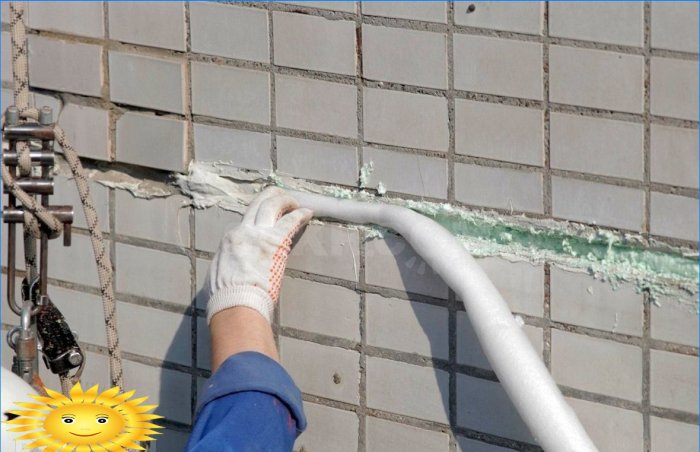
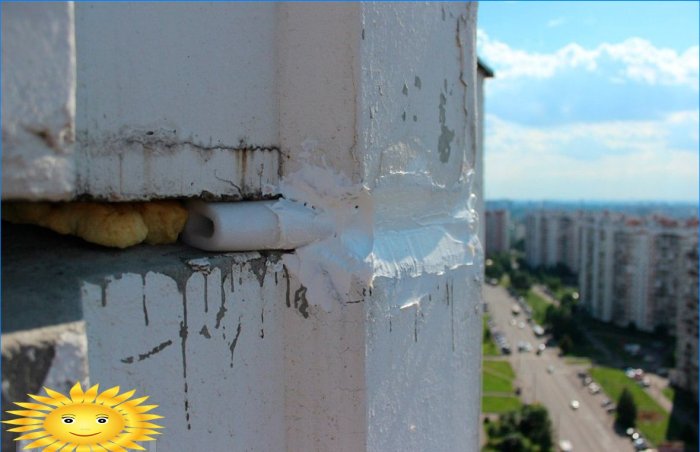
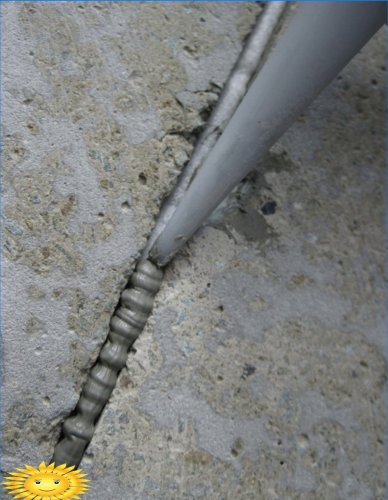
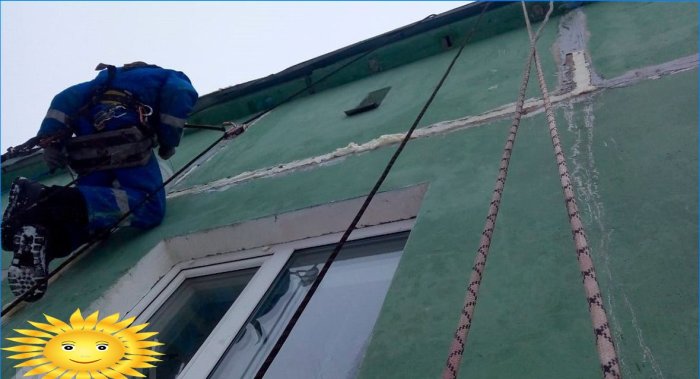
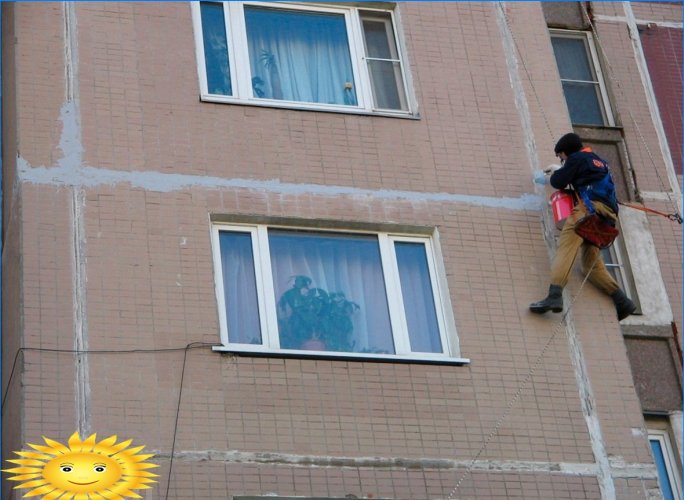
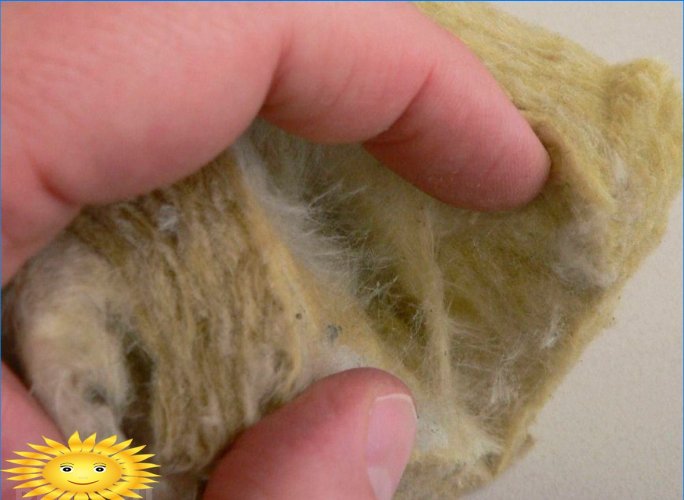
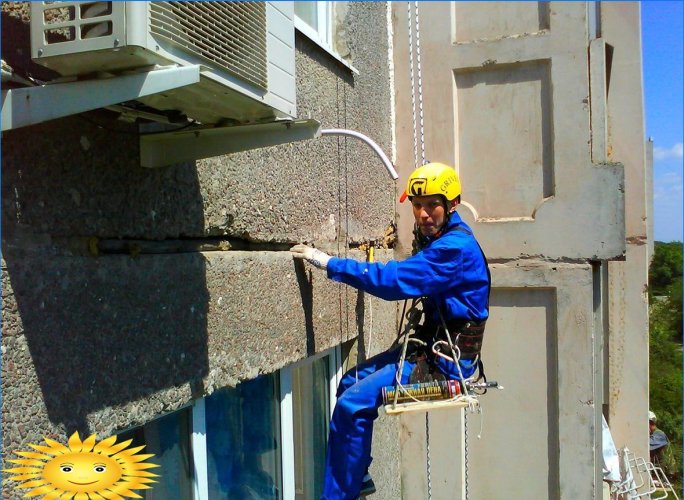
Can anyone provide some guidance on the best method for insulating the interpanel seams? I’m looking for tips or products that would be effective in achieving a well-insulated space. Thanks in advance for any advice or recommendations you can offer!